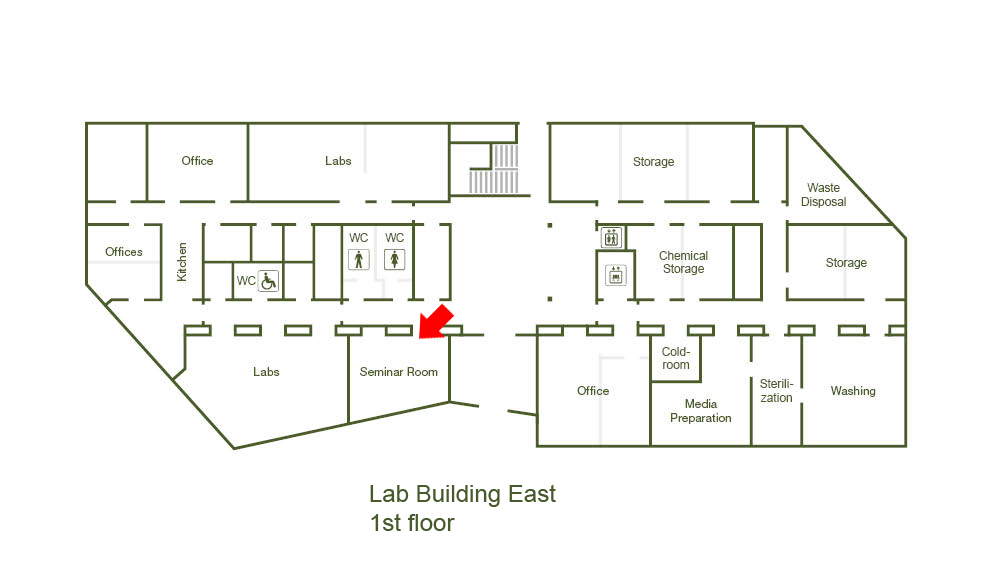Optogenetic applications and molecular evolution of JellyOp, a box jellyfish opsin

Vision in animals depends on light-sensitive GPCRs, rhodopsins, which can also be employed for optogenetic control of g-protein signaling. We utilise a visible light sensitive opsin from the box jellyfish c.rastonii, JellyOp, for bleach-resistant control of the Gαs signaling cascade in human cells1. We find that JellyOp provides multiple advantages over currently used chimeric tools in vitro, including better light sensitivity, more potent and specific activation of the Gαs pathway and an absence of dark activity2. We have also used JellyOp to perform the first structural investigation of a radiate animal opsin. Lens eyes similar to those found in vertebrates have separately evolved in box jellyfish, but little is known about the structure of opsins found in these animals. Using homology modeling and live cell experiments, we find that a critical component of rhodopsin tertiary structure, the counterion, has displaced in a similar manner during the separate evolution of vertebrate and box jellyfish opsins3. JellyOps new counterion position is only the 3rd demonstrated in animal opsin structures. This type of displacement is known to convey functional advantages to opsin function and is coincident with the appearance of lens eyes in both phyla. This structural investigation demonstrates an instance of convergent evolution and is now being used to further JellyOps application to optogenetics through the development of spectral tuning mutations.
1.Bailes, H. J., Zhuang, L.-Y. & Lucas, R. J. Reproducible and Sustained Regulation of Gαs Signalling Using a Metazoan Opsin as an Optogenetic Tool. PLoS ONE 7, e30774 (2012).
2.Bailes, H. J. et al. Optogenetic interrogation reveals separable G-protein-dependent and -independent signalling linking G-protein-coupled receptors to the circadian oscillator. BMC Biol. 15, 40 (2017).
3. Gerrard, E.G & Mutt, E. et al, Convergent evolution of tertiary structure in visual proteins from lens eyes (Submitted, Autumn 2017).